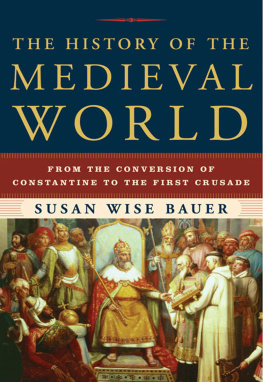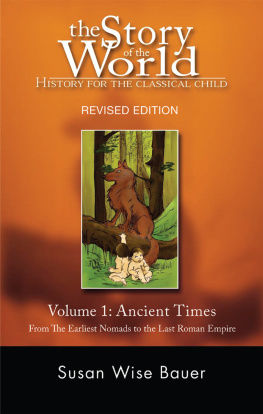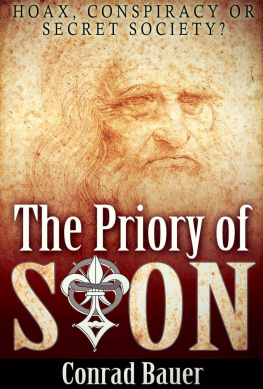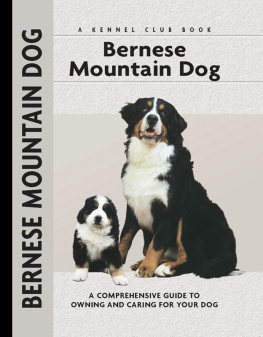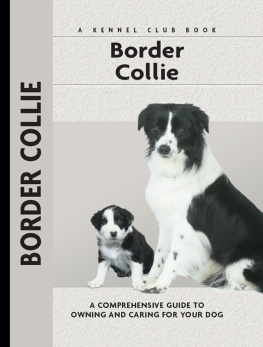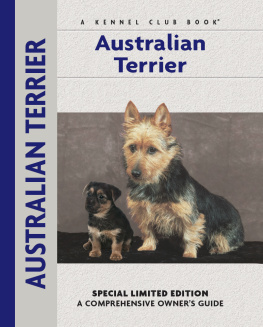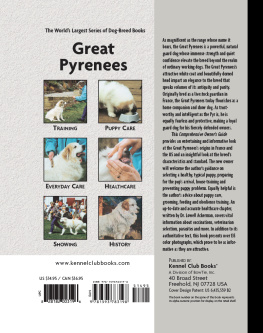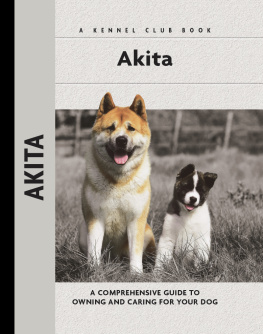Physical Characteristics of the
Bloodhound
(from the American Kennel Club
breed standard)
Eyes: Deeply sunk in the orbits, the lids assuming a lozenge or diamond shape, in consequence of the lower lids being dragged down and everted by the heavy flews. The eyes correspond with the general tone of color of the animal, varying from deep hazel to yellow. The hazel color is, however, to be preferred, although very seldom seen in liver-and-tan hounds.
Skull: Skull is long and narrow, with the occipital peak very pronounced. The brows are not prominent, although, owing to the deep-set eyes, they may have that appearance.
Head: Narrow in proportion to its length, and long in proportion to the body, tapering but slightly from the temples to the end of the muzzle, thus (when viewed from above and in front) having the appearance of being flattened at the sides and of being nearly equal in width throughout its entire length.

Nostrils: Large and open.
Lips, Flews, and Dewlap: In front the lips fall squarely, making a right angle with the upper line of the foreface; while behind they form deep, hanging flews, and, being continued into the pendant folds of loose skin about the neck, constitute the dewlap, which is very pronounced.
Mouth: A scissors bite is preferred, level bite accepted.
Ears: Thin and soft to the touch, extremely long, set very low, and fall in graceful folds, the lower parts curling inward and backward.
Neck: Long.
Wrinkle: The head is furnished with an amount of loose skin, which in nearly every position appears superabundant, but more particularly so when the head is carried low; the skin then falls into loose, pendulous ridges and folds, especially over the forehead and sides of the face.
Forequarters: Shoulders muscular and well sloped backwards; the ribs are well sprung; and the chest well let down between the forelegs, forming a deep keel.
Legs and Feet: The forelegs are straight and large in bone, with elbows squarely set; the feet strong and well knuckled up; the thighs and second thighs (gaskins) are very muscular; the hocks well bent and let down and squarely set.
Tail: (Stern) Long and tapering, and set on rather high, with a moderate amount of hair underneath.
Back and Loin: Strong, the latter deep and slightly arched.
Weight: The mean average weight of adult dogs, in fair condition, is 90 pounds, and of adult bitches 80 pounds. Dogs attain the weight of 110 pounds, bitches 100 pounds. The greater weights are to be preferred, provided (as in the case of height) that quality and proportion are also combined.
Size: Height: The mean average height of adult dogs is 26 inches, and of adult bitches 24 inches. Dogs usually vary from 25 inches to 27 inches, and bitches from 23 inches to 25 inches; but, in either case, the greater height is to be preferred, provided that character and quality are also combined.
Color: The colors are black and tan, liver and tan, and red; the darker colors being sometimes interspersed with lighter or badger-colored hair, and sometimes flecked with white.
General Character: The Bloodhound possesses, in a most marked degree, every point and characteristic of those dogs which hunt together by scent (Sagaces). He is very powerful, and stands over more ground than is usual with hounds of other breeds. The skin is thin to the touch and extremely loose, this being more especially noticeable about the head and neck, where it hangs in deep folds.

Contents

Track down the origins of the Bloodhounds name and the breeds beginnings in Europe. Immerse yourself in the romantic spectacle that surrounds this breeds hunting past, leading back to the Graeco-Persian wars and the Norman Conquest. Learn about the breeds relations in Switzerland and the successful breeders that are responsible for the Bloodhounds survival and recognition around the world.
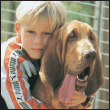
Meet the expressive and solemn Bloodhound face to face. Find out whether you are an ideal candidate for Bloodhound ownership. Read about the Bloodhounds temperament and find out whether the breed is recommended for children, other animals, etc. Put your nose to the trail and learn about the sport of man-trailing, the Bloodhounds bred-for purpose and skill.
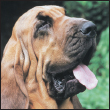
Learn the requirements of a well-bred Bloodhound by studying the description of the breed set forth in the American Kennel Club standard. Both show dogs and pets must possess key characteristics as outlined in the breed standard.
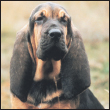
Find out about how to locate a well-bred Bloodhound puppy. Discover which questions to ask the breeder and what to expect when visiting the litter. Prepare for your puppy shopping spree. Also discussed are home safety, the first trip to the vet, socialization and solving basic puppy problems.
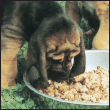
Cover the specifics of taking care of your Bloodhound every day: feeding for the puppy, adult and senior dog; grooming, including coat care, ears, eyes, nails and bathing; and exercise needs for your dog. Also discussed are the essentials of dog identification.
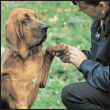
Begin with the basics of training the puppy and adult dog. Learn the principles of house-training the Bloodhound, including the use of crates and basic scent instincts. Enter Puppy Kindergarten and introduce the pup to his collar and leash and progress to the basic commands. Find out about obedience classes and other activities.

By Lowell Ackerman DVM, DACVD
Become your dogs healthcare advocate and a well-educated canine keeper. Select a skilled and able veterinarian. Discuss pet insurance, vaccinations and infectious diseases, the neuter/spay decision and a sensible, effective plan for parasite control, including fleas, ticks and worms.
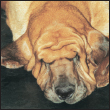
Know when to consider your Bloodhound a senior and what special needs he will have. Learn to recognize the signs of aging in terms of physical and behavioral traits and what your vet can do to optimize your dogs golden years. Consider some advice about saying goodbye to your beloved pet.

Next page

